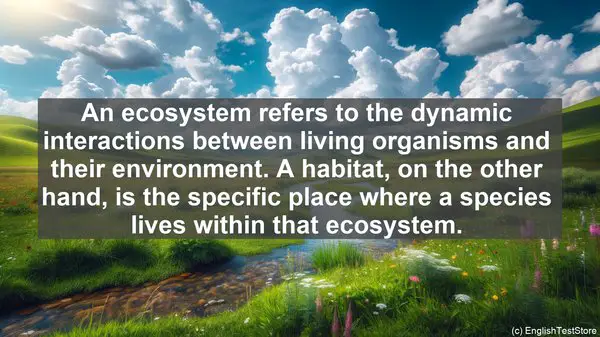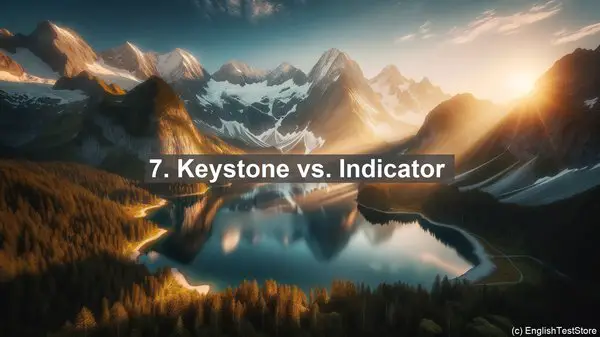Introduction
Today, we’re going to dive into the fascinating world of restoration ecology. But before we start, let’s clear up some common word confusions that often arise in this field.
1. Restoration vs. Rehabilitation
Restoration and rehabilitation are often used interchangeably, but they have distinct meanings. Restoration refers to returning a degraded ecosystem to its original state, while rehabilitation focuses on improving its functionality without necessarily achieving the original state.
2. Native vs. Non-native
When it comes to species, native refers to those that naturally occur in an area, while non-native species are introduced from elsewhere. Understanding the distinction is crucial for maintaining ecological balance.
3. Biodiversity vs. Species Richness
Biodiversity encompasses the variety of life in an ecosystem, including genetic, species, and ecosystem diversity. Species richness, on the other hand, simply counts the number of different species present.
4. Succession vs. Disturbance
Succession is the predictable sequence of changes in a community over time, while disturbance refers to any event that disrupts the ecosystem. Disturbances can reset the succession process.

5. Invasive vs. Weedy
Invasive species are non-native species that spread rapidly and harm the ecosystem. Weedy species, although often native, have similar characteristics and can outcompete other plants.
6. Conservation vs. Preservation
Conservation focuses on sustainable use and management of natural resources, while preservation aims to protect them in their pristine state, often through strict regulations.
7. Keystone vs. Indicator
Keystone species have a disproportionate impact on the ecosystem, while indicator species provide insights into its overall health and condition.
8. Ecosystem vs. Habitat
An ecosystem refers to the dynamic interactions between living organisms and their environment. A habitat, on the other hand, is the specific place where a species lives within that ecosystem.

9. Ecological Restoration vs. Environmental Remediation
While both involve improving degraded environments, ecological restoration focuses on the entire ecosystem, including its functions and biodiversity. Environmental remediation, on the other hand, often targets specific pollutants or contaminants.
10. Mitigation vs. Compensation
Mitigation aims to reduce or eliminate the negative impacts of a project, while compensation involves providing alternative benefits or resources to offset those impacts.
